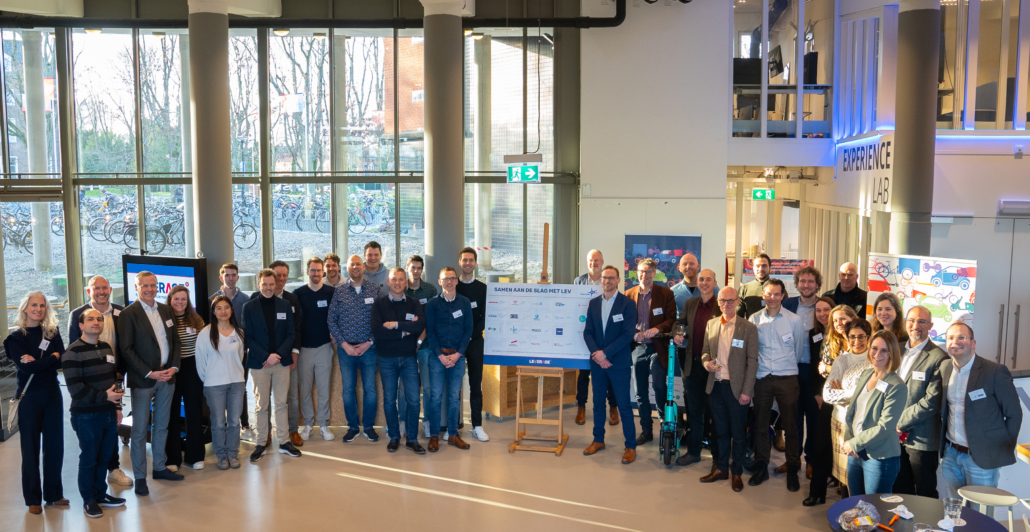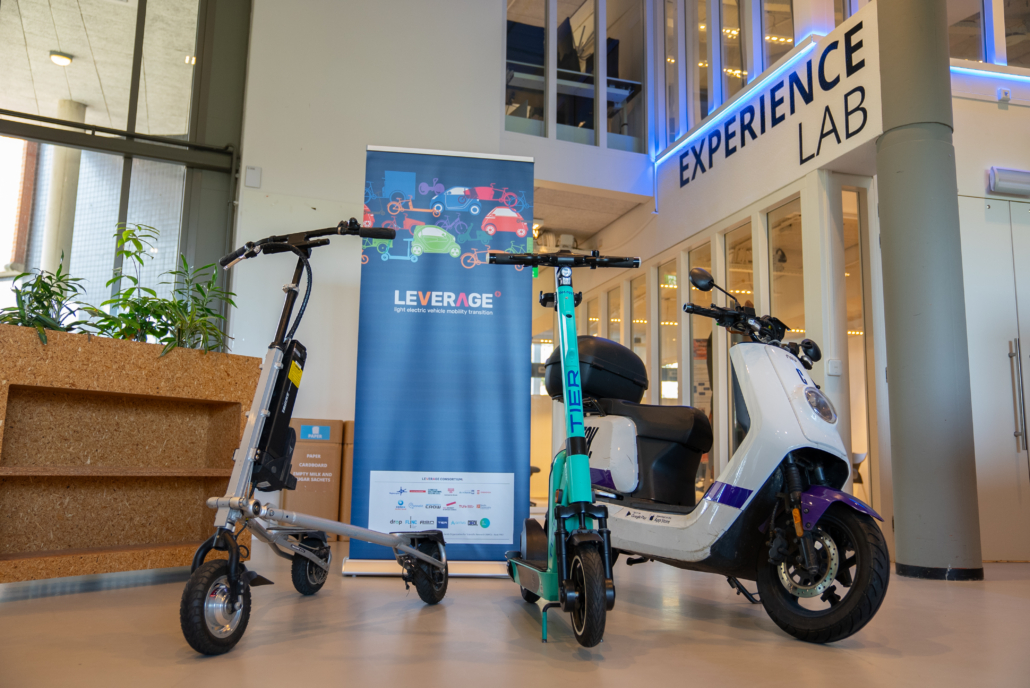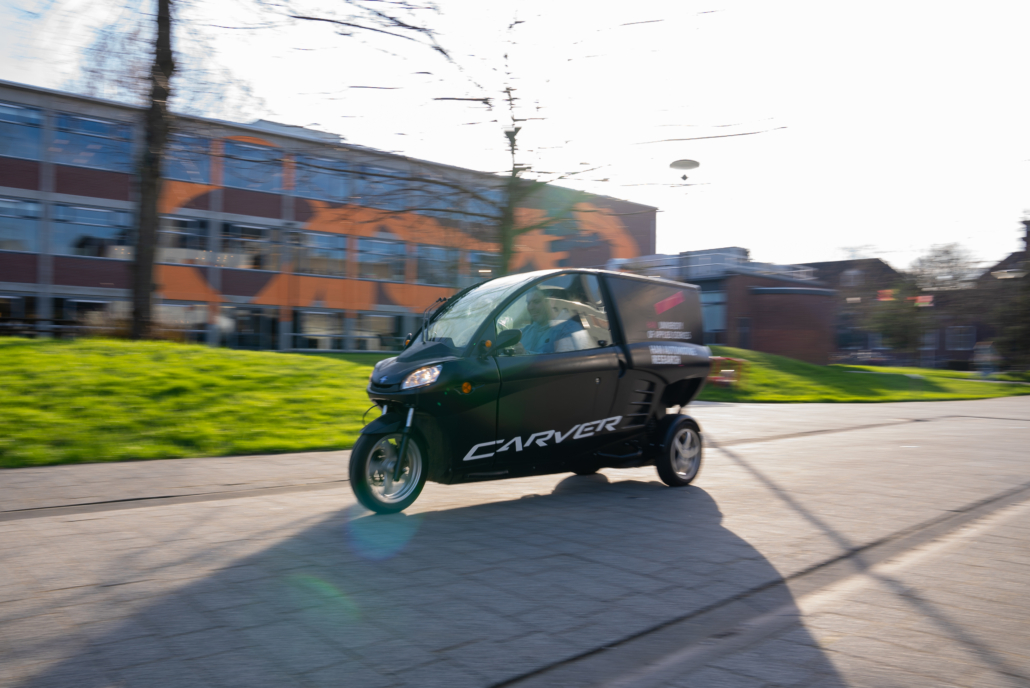LEVERAGE Kick-off
The sustainable mobility transition in the Netherlands calls for LEVs
Light Electric Vehicles (LEVs) are increasingly becoming a significant part of the street scene. These include e-mopeds, e-scooters, e-bikes, and micro-cars. These vehicles offer opportunities for sustainable mobility: they are nearly emission-free and require less (parking) space. LEVs are efficient and are appreciated by users, both in the city and as first and last-mile transport for public transit. However, there are also significant challenges such as nuisance from shared mopeds in cities and safety issues on bike paths due to increased speed differentials. Leveraging the potential of these forms of mobility requires courage. This was evident during the kick-off of the LEVERAGE project: a collaboration between knowledge institutions Breda University of Applied Sciences (BUas), HAN University of Applied Sciences (HAN), Eindhoven University of Technology (TU/e), and public partners (such as the Municipality of Eindhoven) and private partners (such as CHECK shared transport).
Yesterday (27-02-2024), 18 partners signed their names under the collaboration contract for the LEVERAGE project. The aim of this project is to maximize the potential of LEVs for sustainable mobility and thereby contribute to the accessibility, liveability, and safety of our urban regions. Effective collaboration and knowledge exchange between knowledge partners, public, and private partners play a significant role. Additionally, the practice-oriented approach of LEVERAGE contributes to this. The research is co-financed by Regieorgaan SIA, a part of the Dutch Research Council (NWO).
The LEVERAGE consortium focuses on four key research areas:
- The effects of LEVs on car ownership and use. For example: To what extent and for which target groups can LEVs provide an alternative to a first or second car?
- The integration of LEVs into the existing mobility system. For example: How can LEVs be used to improve travel to and from public transport stops and train stations?
- The impact of LEVs on traffic safety and perception. For example: What influence do LEVs have on the safety and perception of cyclists, and how do we keep our bike paths safe?
- Developing new perspectives and policy development for governments and stakeholders. For example: How do we transition from current regulations to proactive cooperation between shared mobility providers, carriers, and governments?
During the kick-off of this project at Breda University of Applied Sciences (BUas), fifty people gathered to share knowledge about these LEVs. Demonstrations were also given, allowing attendees the opportunity to try out the latest LEVs themselves.
For more information see: www.leverage-research.eu






